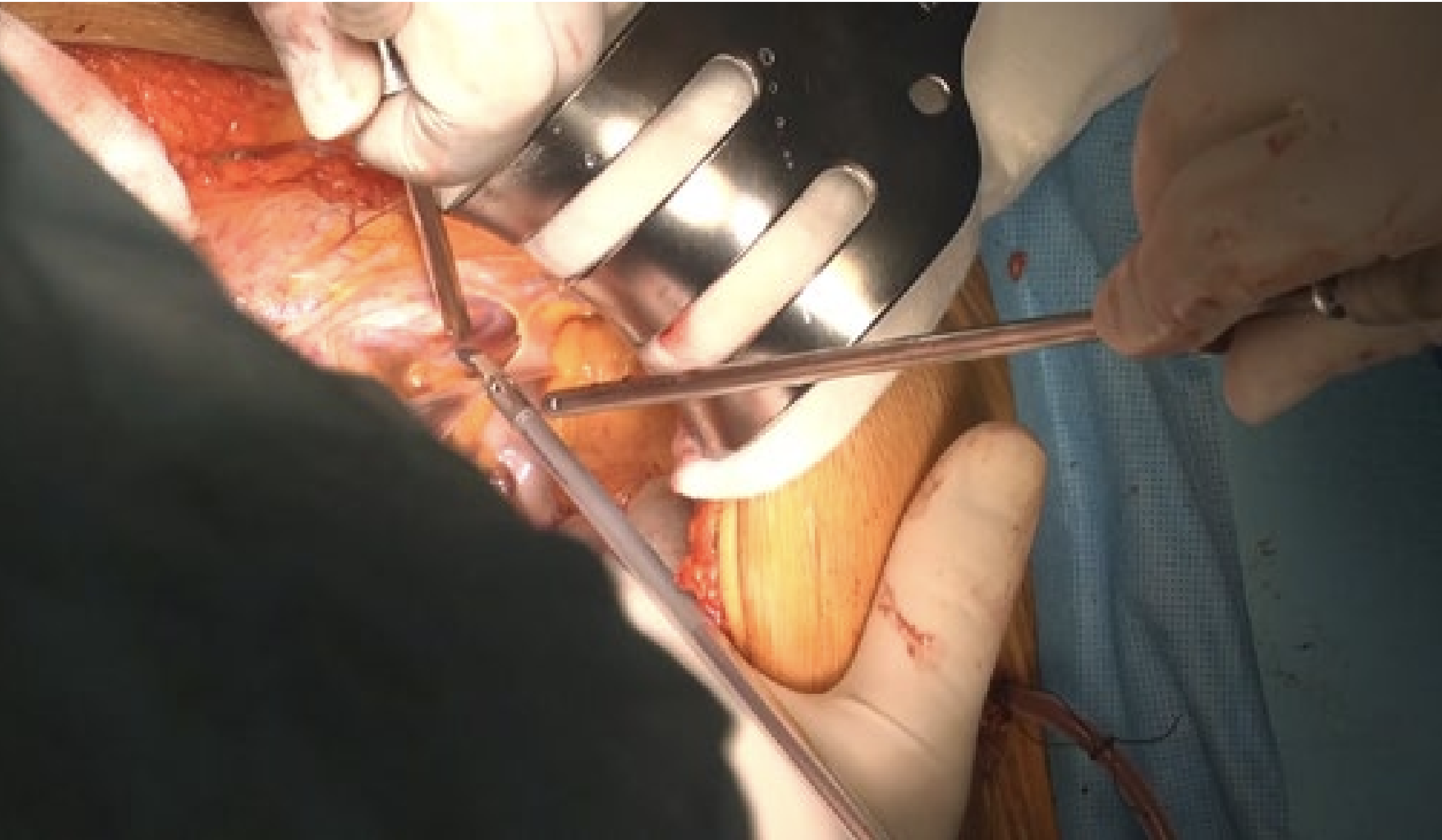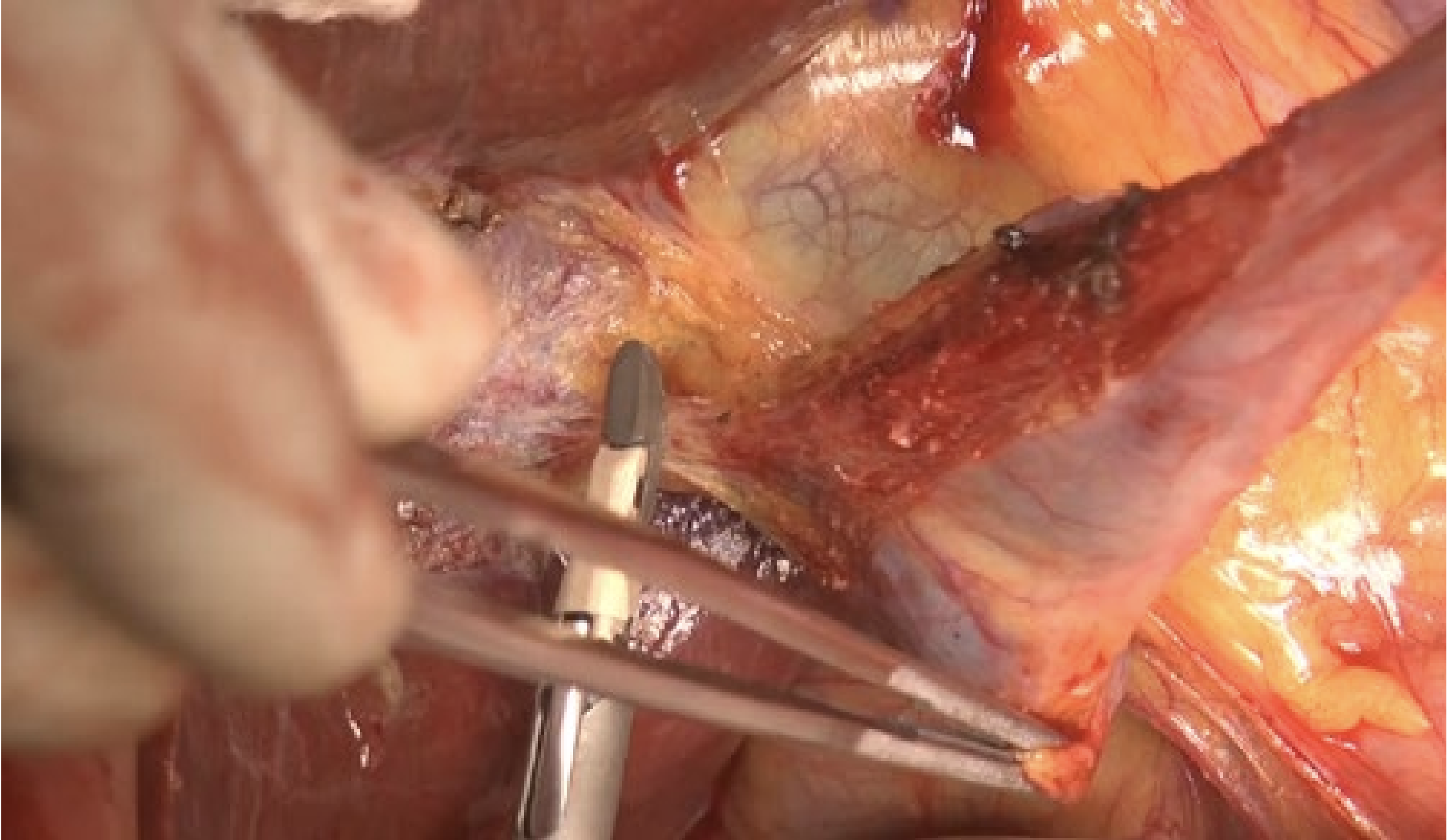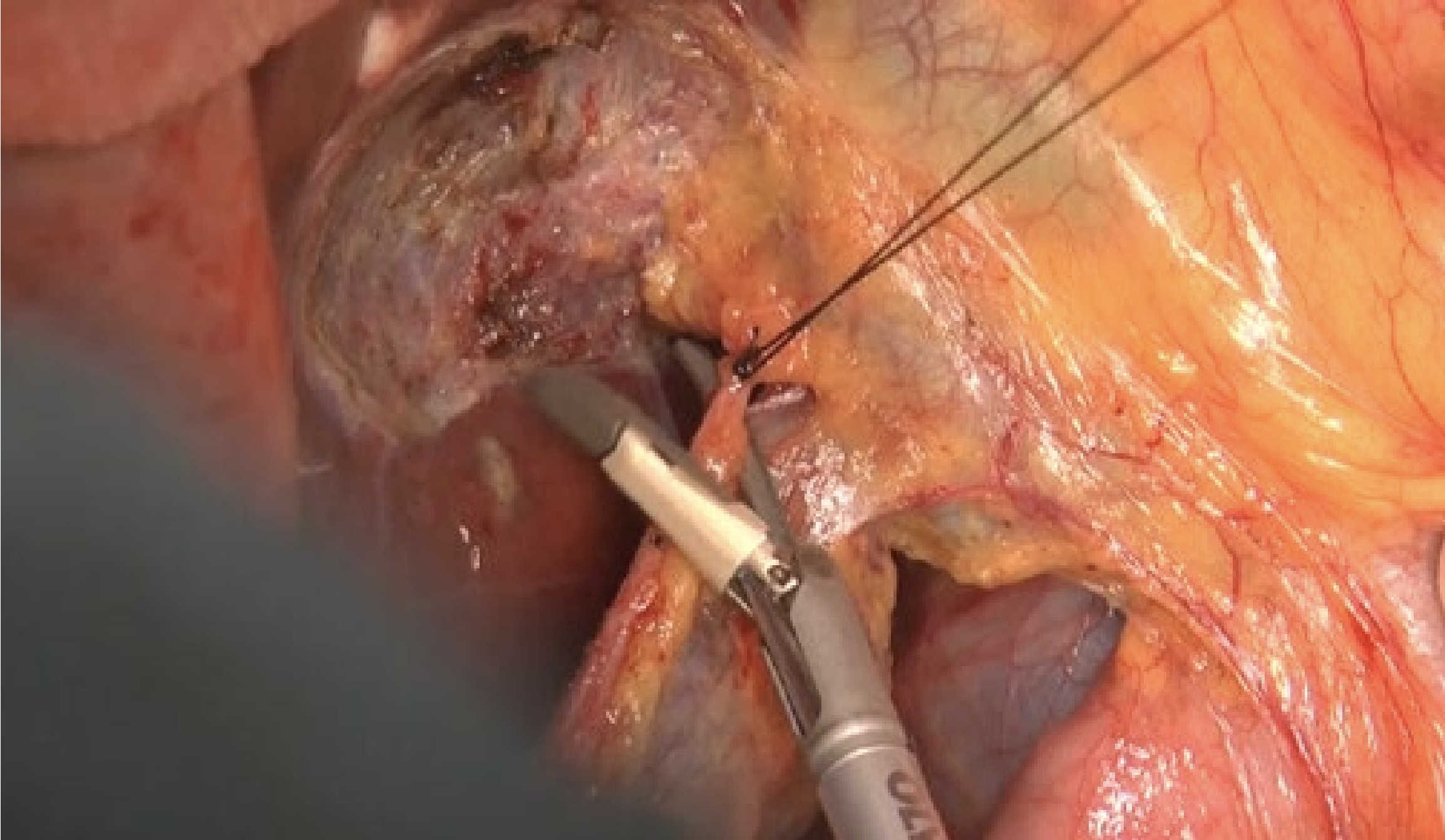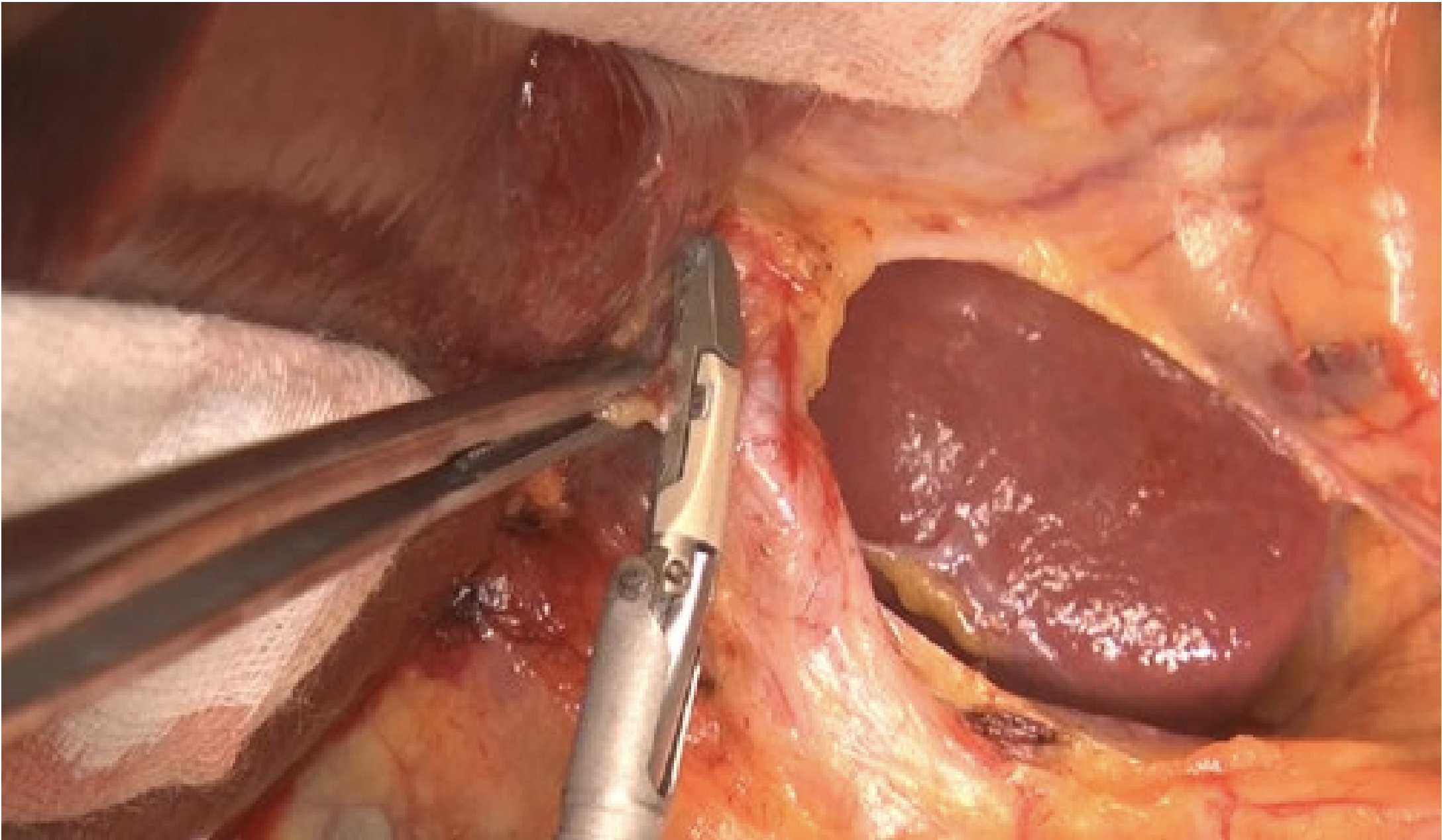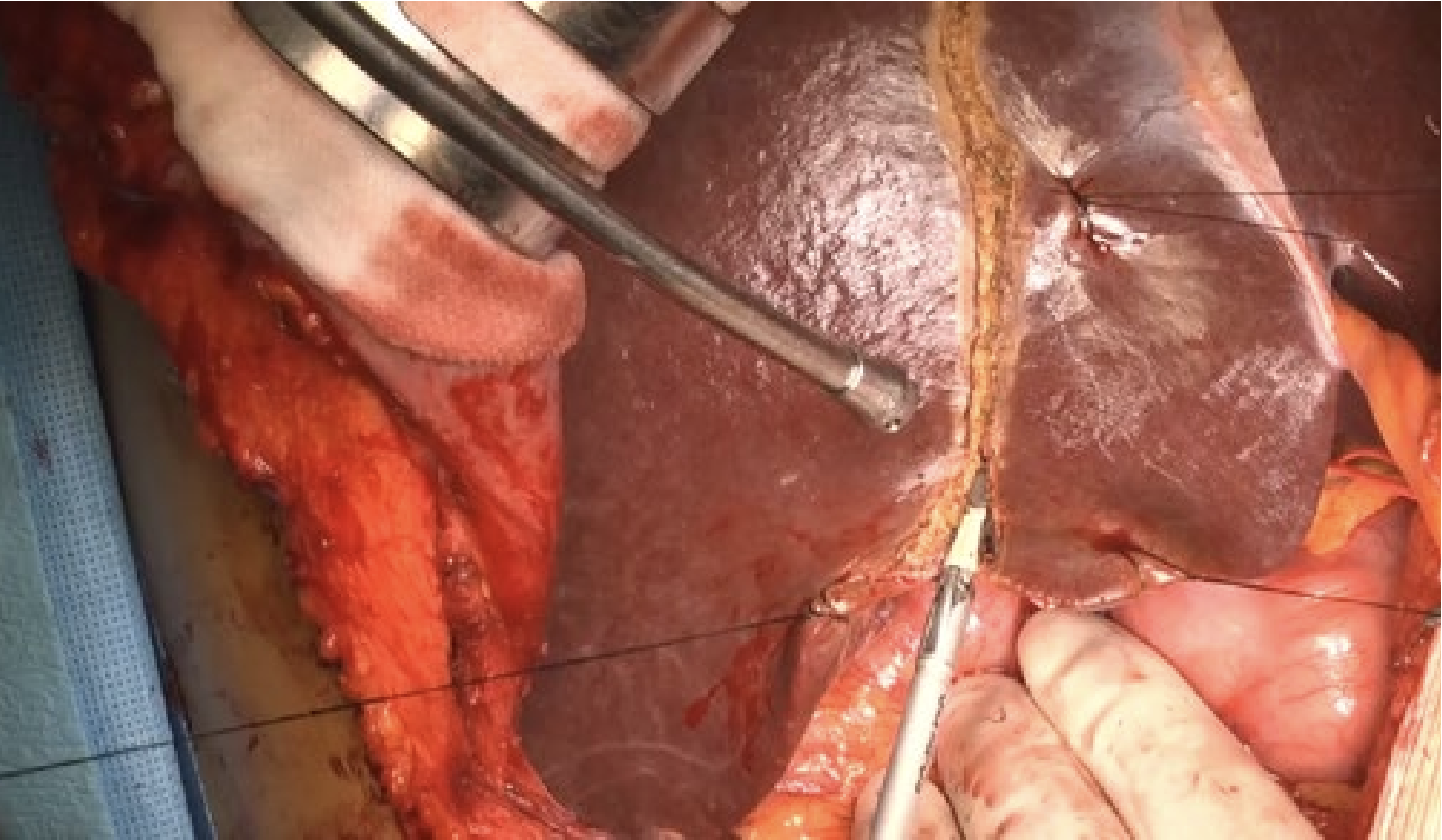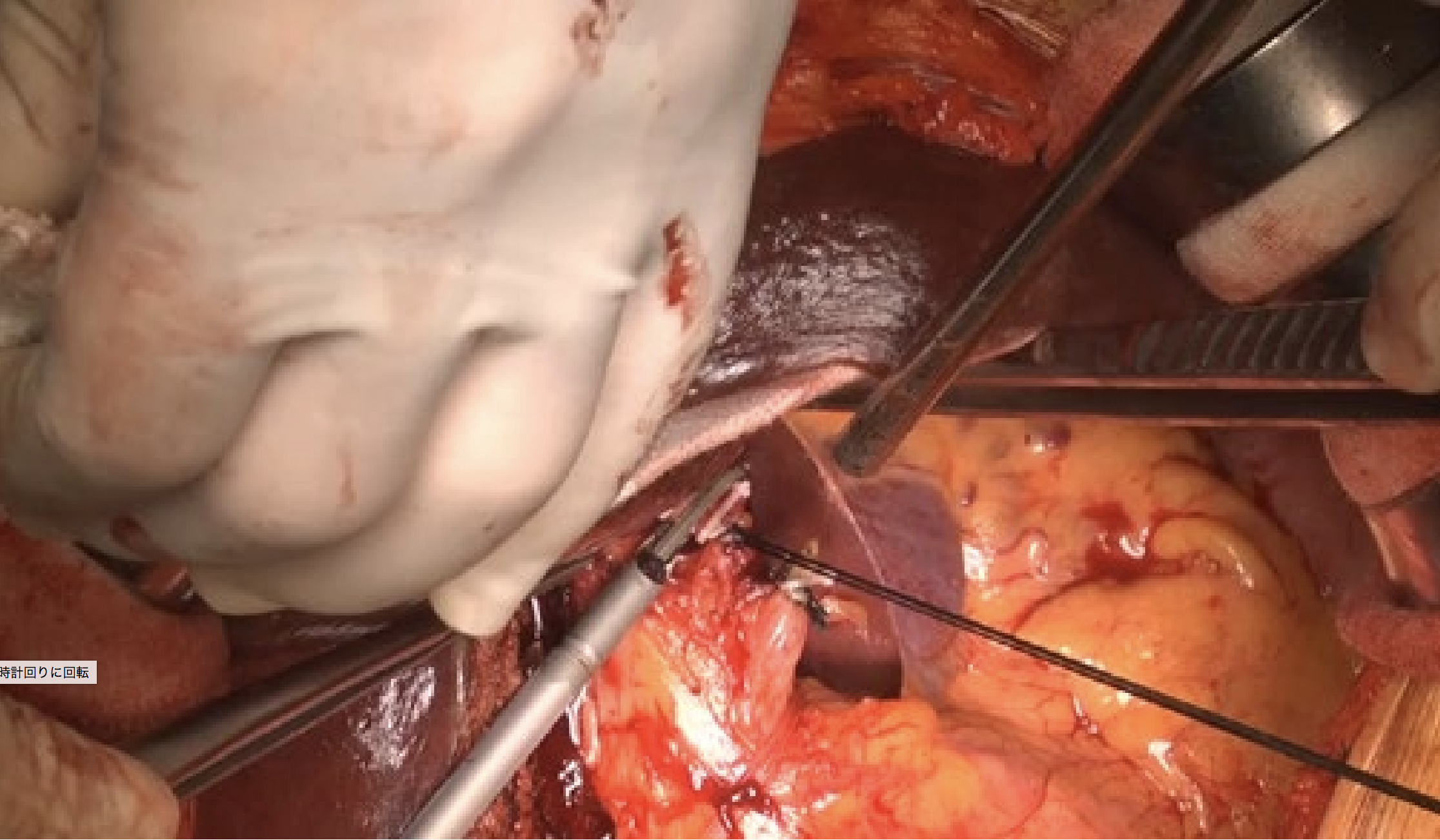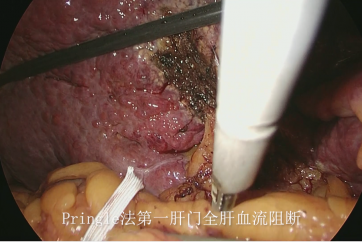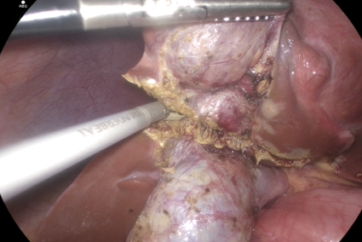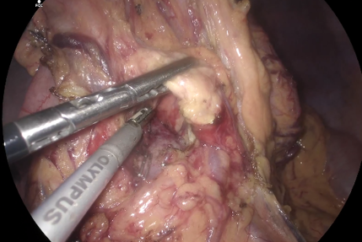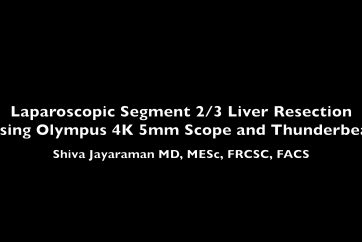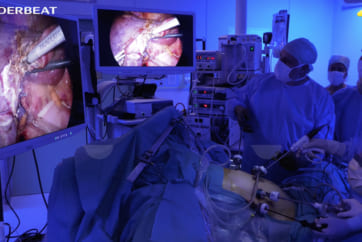
Yang Seok Koh, M.D., Ph.D
Chonnam National University
Hwasun Hospital
Introduction
Chonnam National University Hwasun Hospital (CNUHH) is a local-based tertiary referral center which opened in 2004. CNUHH is the first medical institute to be accredited by The Ministry of Health and Welfare of South Korea, confirming its dedication to the global standards of healthcare service. Since 2012, the hospital has been recognized as a ‘Superior General Hospital’. The hospital specializes in cancer therapy and is nationally well known. The facilities of CNUHH encompass an 8-floor building, with 700 beds, 13 operation rooms, and 1200 employees including 150 medical doctors; the hospital provided quality health care to more than 200,000 inpatients and 510,000 outpatients in 2016. Hepato-biliary-pancreatic surgery was conducted in 145 cases in 2016.
Dr. Yang Seok Koh is a professor in the Division of Hepatobiliary & Pancreatic Surgery, Department of General Surgery at the Chonnam National University Medical School. He has contributed to several professional societies, including the International Hepato-Pancreato-Biliary Association, Korean Association of HBP Surgery, and Korean Association of General Surgery. He operates on more than 70 cases a year, mostly those with hepatocellular carcinoma as well as liver metastases. His policy is to always care for the patient’s safety, while focusing on hepatic reserve function and retained liver volume—the key factors of minimizing post-operative mortality risk. During the interview with Dr. Koh, he explained that in South Korea, laparoscopic surgery is now a widely accepted surgical technique for partial hepatectomy, and it has been replacing open procedure especially within the past 5 years. There are a number of advantages of laparoscopic surgery compared to open procedure, including reduction in hemorrhaging, smaller incision that can reduce pain and shorten recovery time, faster return to everyday living, and better immunological response. In addition, most patients who underwent laparoscopic surgery seemed be satisfied with their choice of surgical method. Although there are many advantages of laparoscopic surgery, Dr. Koh chooses open procedure in cases that require complex vascular reconstruction or when he anticipates severe intra-abdominal adhesion due to previous operation.
Dr. Koh started to use laparoscopic surgery methods in 2005, and since then he uses energy devices as the main instrument. He has experience in using both ultrasonic devices and bipolar devices, and he started using THUNDERBEAT in 2017. Dr Koh highly recommends THUNDERBEAT, professing that it “is the best energy device currently available on the market.”
Introduction of THUNDERBEAT
THUNDERBEAT Type S with Intelligent Tissue Monitoring (ITM) has several unique features, including hybrid technology, advanced hemostasis, and safety assist technology.
THUNDERBEAT is the world’s first and only advanced energy system that delivers two well-established forms of energy: ultrasonic energy for superior dissection and fast tissue transection, and bipolar energy for fast and secure hemostasis for vessels up to and including 7 mm in diameter. Dr. Koh noted that he “used to alternatively change ultrasonic devices and bipolar devices during the operation before [he] started using THUNDERBEAT, but not anymore. THUNDERBEAT is capable of completing two jobs, cutting tissue and sealing vessels by bipolar, in one device, and this two-in-one motion helps reduce the operation time.” THUNDERBEAT SEAL&CUT mode simultaneously allows for safe coagulation and fast tissue cutting.
THUNDERBEAT Type S has improved safety profiles compared to first generation. The remarkable change is due to the installation of insulation coating and the generator itself also introduced a new function, which monitors optimal dissection timing (The technology is called “ITM”.) Dr. Koh stated that he was “worried about extra tissue damage caused by unwanted bipolar energy spread, but [he] feels much safer to use THUNDERBEAT Type S because of its improvement.” The bottom and lateral surfaces of the probe are coated with an insulation material, which can avoid unwanted bipolar energy spread to surrounding tissue and blood. ITM, the world’s first and only safety assist system for ultrasonic-driven technologies, can reduce unintentional temperature increase after tissue transection. Prolonged activation time results in increased temperature that can cause thermal spread into adjacent tissues, as well as tissue sticking to the device’s jaws; therefore, deactivating at sufficient timing is important. The system monitors the sudden changes in pressure on the probe and immediately stops the energy supply with an auditory alert when sudden pressure change on the probe is detected. This leads to a decrease in the residual probe temperature by more than 25%, which consequently reduces the risk of accidental tissue damage and smooth operation. “The tissue sticking to the jaw is unavoidable, but it can be reduced. Although I have never heard the alert of the system yet, I think ITM is very helpful for any surgeon to minimize the risk of causing overheating,” remarks Dr. Koh. Other key features of THUNDERBEAT include ergonomic handle design and angulation adjustments which were specifically designed to reduce the user’s hand fatigue, unique wiper-jaw technology that provides consistent pressure and reliable sealing. Also high tip-opening forces that enable blunt tissue dissection. Taken together, THUNDERBEAT is a true multifunctional instrument for both laparoscopic and open surgery.
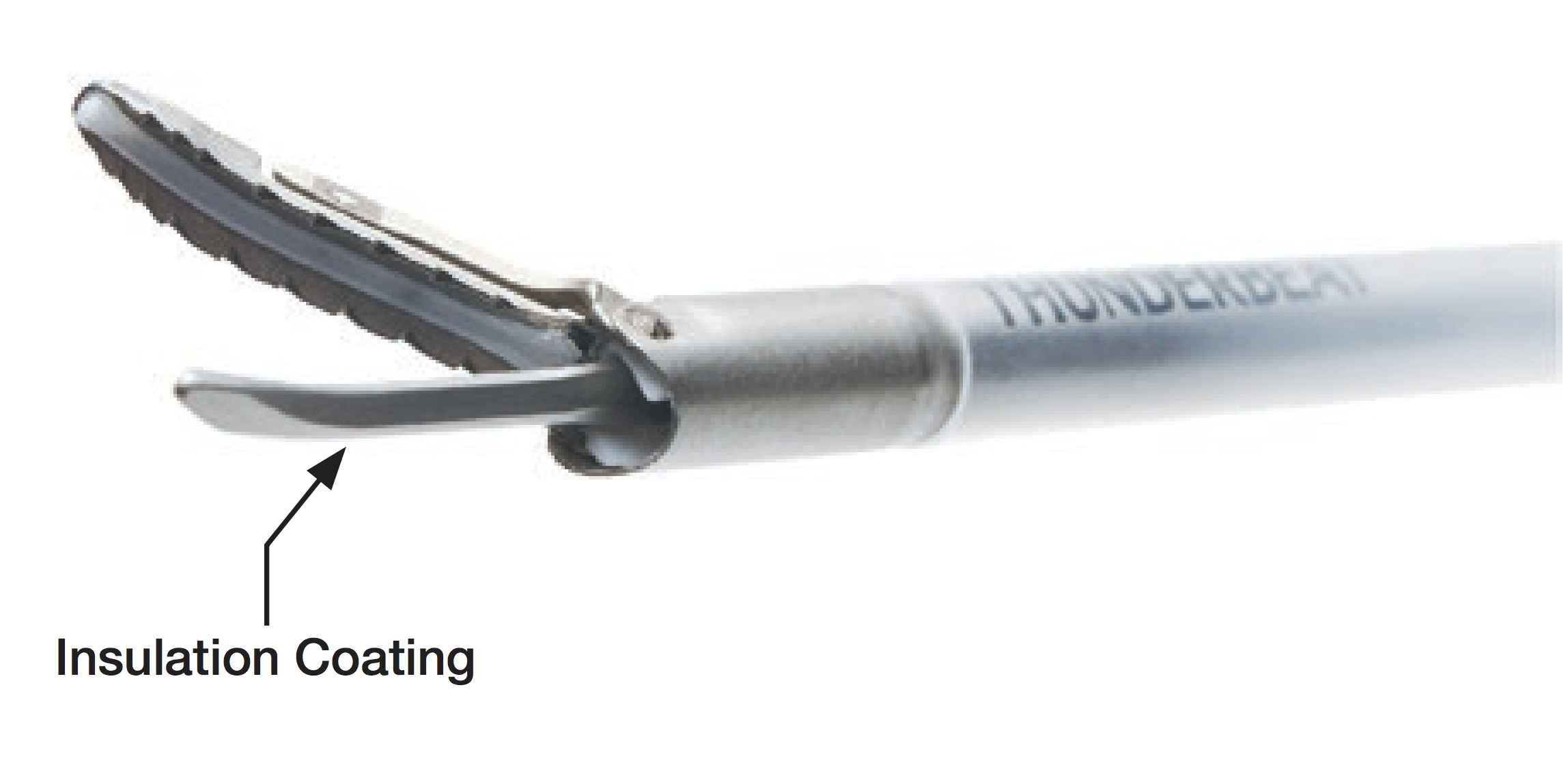
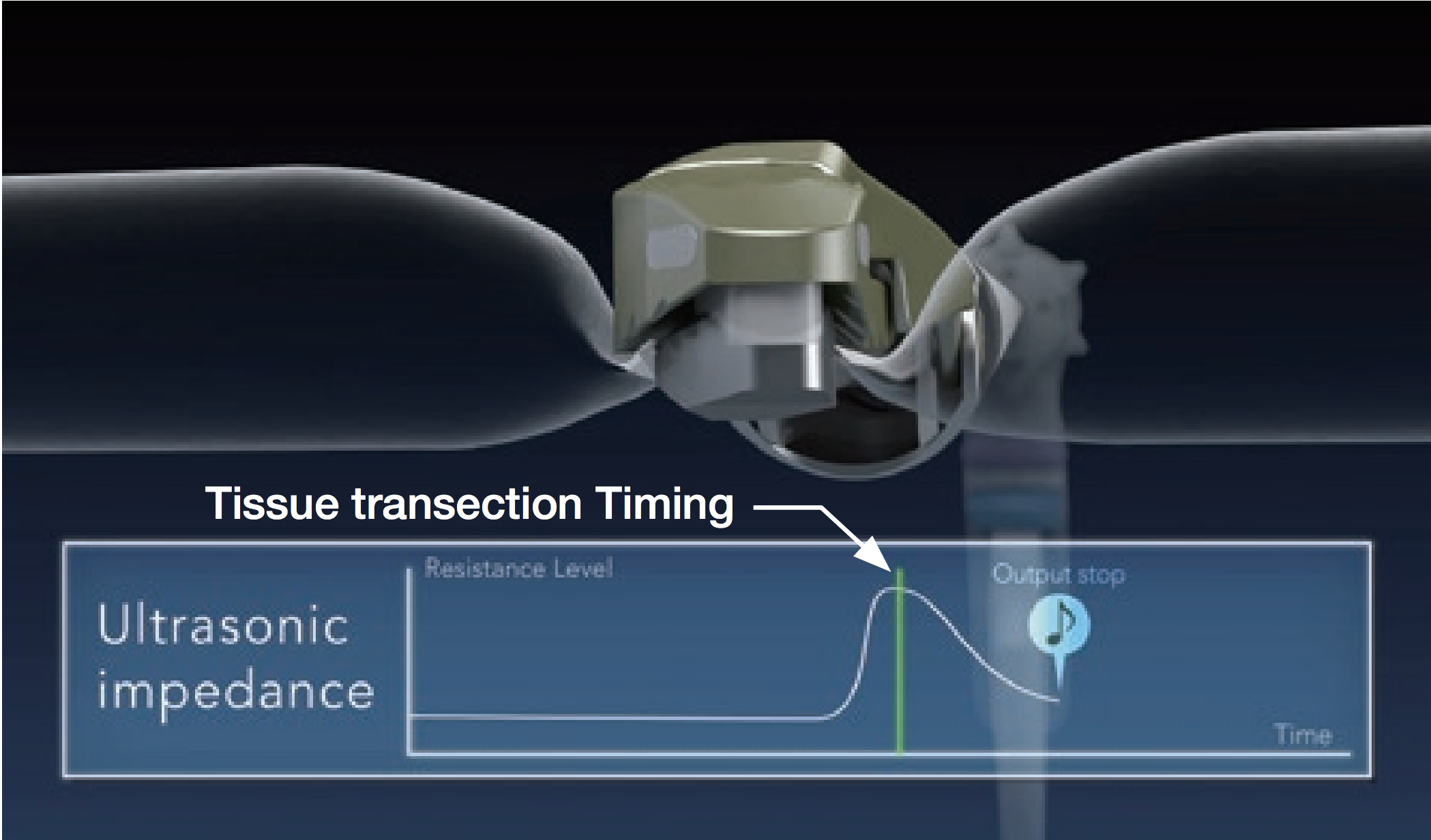
Patient
Sixty five-year-old female with a history of rectal cancer had mild abdominal pain. She presented with left intrahepatic bile duct stone; endoscopic retrograde cholangiopancreatography showed a 5-mm size stone in the duct. Open procedure was performed; left hepatic artery and portal vein were isolated, and then demarcation line was resected. Finally, the bile duct was divided and closed after removal of the duct stone.
THUNDERBEAT use during the surgery
Scene 1 Resecting left triangular ligament at the posterior side of liver
THUNDERBEAT was used to resect left triangular ligament at the posterior side of liver. Branches of the portal vein and/or bile duct are observed in some patients; therefore, the vessel sealing system of THUNDERBEAT is useful. THUNDERBEAT is capable of sealing and cutting vessels and vital ducts with less than 7 mm in diameter by operating in THUNDERBEAT SEAL & CUT mode.
Scene 2 Cutting the small branch of cystic vessels and cystic ducts
The gallbladder establishes continuity with the common bile duct via the cystic duct, and it is accompanied with the cystic artery and vein. The small branch of cystic vessels was perfectly sealed and cut in THUNDERBEAT SEAL & CUT mode (Left). For these small vessels, Dr. Koh usually does not use a clip or clamp when applying THUNDERBEAT. For larger vessels or ducts, on the other hand, he prefers to clamp one end and apply THUNDERBEAT for more security. Right picture shows the case that he tied up one end of the cystic duct before applying THUNDERBEAT.
Scene 3 Cutting the lymphatic vessel
Post-operative lymphatic fluid leak could be a serious complication which might lead to fluid and electrolyte imbalance, malnutrition, and increase sepsis and mortality risk. Therefore, securing the lymphatic vessel and preventing lymphatic fluid leakage is vital. As seen in this picture, Dr. Koh subsequently utilized both SEAL mode and SEAL & CUT mode to encourage the highly secured sealing of lymphatic vessel. So far, Dr. Koh has not experienced any harm caused by subsequently using SEAL mode and SEAL & CUT mode. He believes that it is a very useful technique for surgeons who want to ensure the security of sealing before cutting vessels or ducts.
Scene 4 Cutting the surface of the liver and perivascular fibrous capsule
After marking the surface of the liver, Dr. Koh used THUNDERBEAT to cut the superficial hepatic layers by pulling outward strings which were fixed on the surface of both sides of the incision line used to creating tension (Left). After using THUNDERBEAT SEAL & CUT mode at level 3, the small vessels were sealed and the superficial hepatic layers detached on the incision line without hemorrhage. Dr. Koh says that there are no major vessels or bile ducts within a 2-cm depth from the surface of liver, allowing for fast tissue cutting with THUNDERBEAT and thus shortening operation time. In addition to THUNDERBEAT, Dr. Koh prepared other energy devices, such as monopolar device. In this case, he used monopolar device to carefully dissect the tissues to avoid contact to intrahepatic vessels and ducts in the medial layers of parenchyma. After continuing to dissect parenchyma with monopolar device, small intrahepatic vessel was exposed. At this point, Dr. Koh switched to THUNDERBEAT and securely sealed and cut the small intrahepatic vessel (Right). He notes that THUNDERBEAT can be used to dissect parenchyma; however, caution is needed to prevent unintentional damage to the intrahepatic vessels or ducts leading to unwanted hemorrhage.
Scene 5 Cutting portal vein capsule
The portal vein shown in this picture had a relatively large diameter but still less than 7 mm. Dr. Koh placed two clips and used THUNDERBEAT to cut between those clips. He explained that he usually secures larger vessels or ducts of approximately 5 to 7 mm in diameter by clipping to ensure its security before applying THUNDERBEAT, even though THUNDERBEAT is capable of sealing and cutting as much as 7 mm in diameter. In this case, he used THUNDERBEAT SEAL & CUT mode at level 2 & 1, respectively.
In summary, THUNDERBEAT Type S with ITM is the world’s only integration of ultrasonic and advanced bipolar energies delivered through a single multi-functional instrument. This instrument is capable of reliable 7-mm vessel sealing and rapid tissue cutting, allowing it to minimize invasiveness and shorten operation time. Moreover, the ITM system is the world’s first and only safety assist system for ultrasonic-driven technologies. This system improves safety by decreasing the residual probe temperature which would help prevent unwanted tissue damage. THUNDERBEAT Type S with ITM has become an established instrument in both open and laparoscopic surgery.
- Keyword
- Content Type

